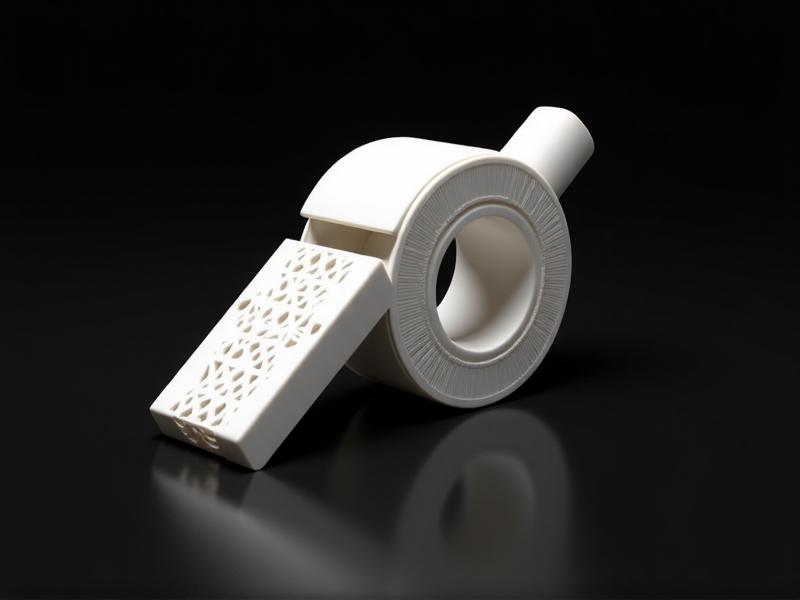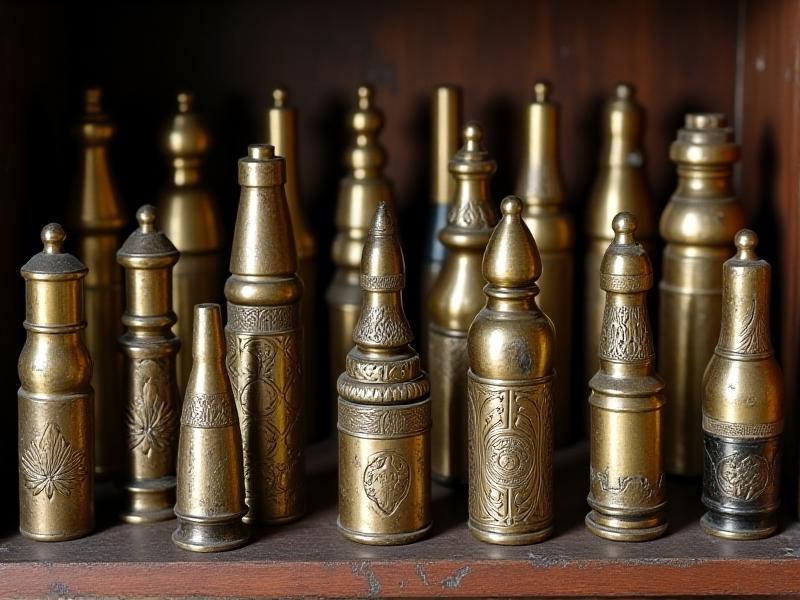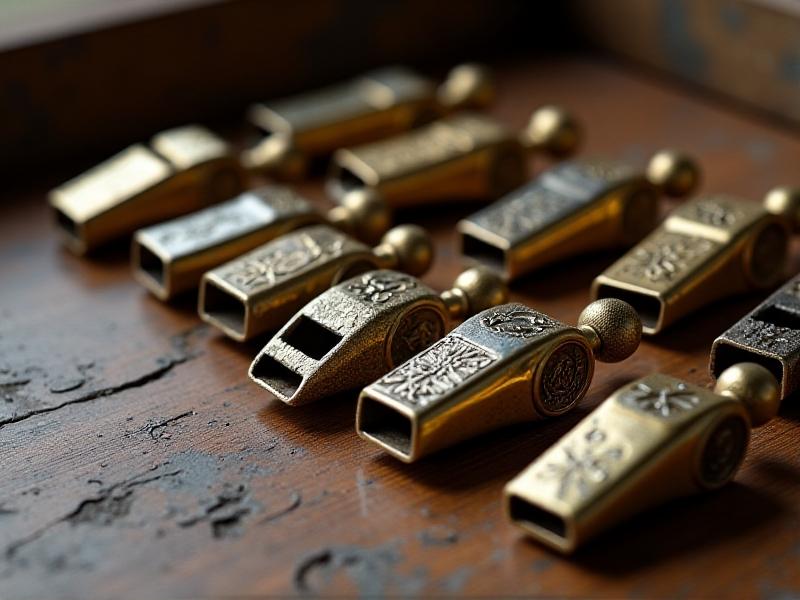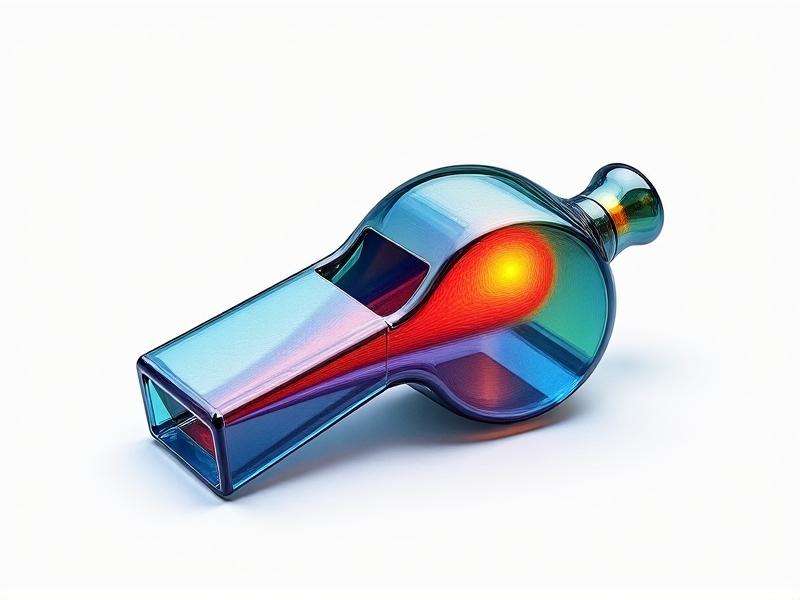Material Selection for Durable 3D-Printed Whistle Components
Understanding the Basics of 3D Printing Materials
When it comes to 3D printing, the material you choose can make or break the durability and functionality of the final product. For a whistle, which is subjected to frequent use and environmental exposure, selecting the right material is crucial. Common materials include PLA, ABS, PETG, and nylon, each with its own set of properties. PLA is biodegradable and easy to print but lacks the durability needed for long-term use. ABS offers better strength and heat resistance but can be challenging to print due to warping issues. PETG strikes a balance between ease of printing and durability, making it a popular choice. Nylon, on the other hand, is highly durable and flexible but requires specific printing conditions. Knowing these fundamentals helps one to start making a wise choice.

Key Factors Influencing Material Selection
Several factors influence the selection of materials for durable 3D-printed whistle components. Durability is paramount, as the whistle must withstand repeated use and potential drops. Environmental resistance is another critical factor; the material should be able to endure exposure to moisture, UV light, and temperature fluctuations without degrading. Ease of printing is also important, especially for those who may not have access to high-end 3D printers. Cost-effectiveness cannot be overlooked, as it impacts the overall feasibility of the project. Additionally, the material's ability to produce a clear, loud sound is essential for a whistle. Balancing these factors ensures that the chosen material meets all the necessary criteria for a durable and functional whistle.

Exploring Advanced Materials for Enhanced Durability
For those seeking to push the boundaries of durability, advanced materials like polycarbonate, TPU, and composite filaments offer promising options. Polycarbonate is known for its exceptional strength and heat resistance, making it suitable for high-stress applications. A flexible and elastic material, TPU offers great impact resistance and shock absorption, which is good for a whistle that could be dropped often. Composite filaments, which combine traditional plastics with materials like carbon fiber or glass fiber, offer enhanced strength and stiffness. While these materials may require more sophisticated printing equipment and techniques, their superior properties can significantly extend the lifespan of 3D-printed whistle components.

Case Studies: Successful Material Choices in Whistle Manufacturing
Examining real-world examples can provide valuable insights into successful material choices for 3D-printed whistles. For instance, a company specializing in sports equipment opted for PETG due to its balance of durability and ease of printing. Another manufacturer chose nylon for its flexibility and impact resistance, resulting in a whistle that could endure rough handling during outdoor activities. A third case involved the use of composite filaments to create a lightweight yet robust whistle for emergency services. These case studies highlight the importance of aligning material properties with the intended use and environmental conditions, offering practical lessons for anyone venturing into 3D-printed whistle manufacturing.
Future Trends in Material Science for 3D Printing
The field of material science is continually evolving, and new developments are poised to revolutionize 3D printing. On the horizon are inventions like biodegradable composites, conductive filaments, and self-healing polymers. Self-healing polymers can repair minor damages autonomously, extending the lifespan of 3D-printed components. Conductive filaments open up possibilities for integrating electronic functionalities directly into the printed object. Biodegradable composites offer an eco-friendly alternative without compromising on strength and durability. Staying abreast of these trends can provide a competitive edge and inspire new approaches to designing durable 3D-printed whistle components. The future holds exciting possibilities for material selection, promising even greater durability and functionality.








